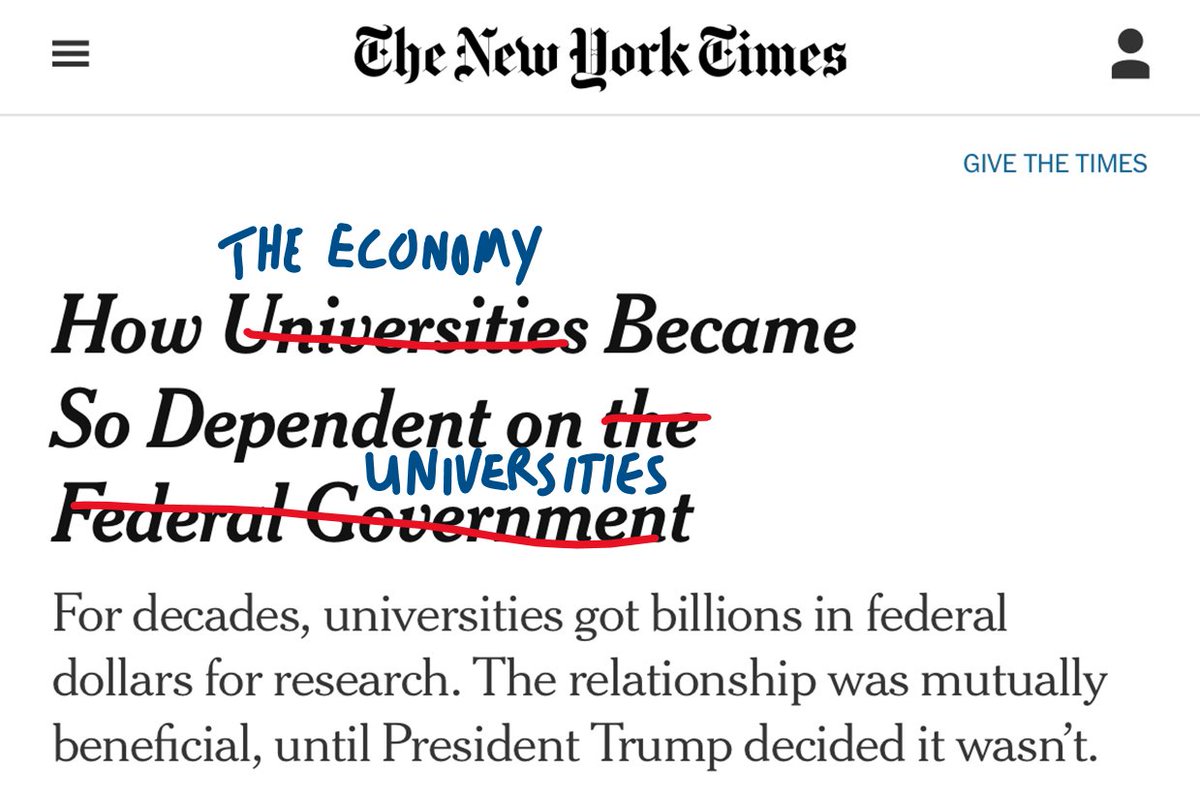If you read this, you'll see that it matches the recs in our Lancet @CommissionCovid report on "The #FirstFour Strategies Every Building Should Pursue".
🧵
🧵
https://twitter.com/j_g_allen/status/1601921491561480193
Lancet: Commission building systems (give them a tune-up)
WH: "verify proper ventilation in federally owned buildings"
WH: "verify proper ventilation in federally owned buildings"

Lancet: Use portable air cleaners, if needed
WH: "Schools can use funding provided through the American Rescue Plan to improve ventilation in schools...portable air cleaners" (amongst other things)
WH: "Schools can use funding provided through the American Rescue Plan to improve ventilation in schools...portable air cleaners" (amongst other things)

This new across-agency focus on IAQ goes beyond the #FirstFour that we recommended, and represents and incredible advancement of #HealthyBuildings principles across the Fed Gov't. They are walking the walk.
Links to reports in next posts in the thread
Links to reports in next posts in the thread
FACT SHEET: DEPARTMENTS AND AGENCIES COMMIT TO CLEANER INDOOR AIR ACROSS THE NATION
whitehouse.gov/ostp/news-upda…
whitehouse.gov/ostp/news-upda…
The Lancet Covid-19 Commission, Task Force on Safe Work, Safe School, and Safe Travel
----
The First Four Healthy Building Strategies Every Building Should Pursue to Reduce Risk from Covid-19
----
covid19commission.org/safe-work-trav…
----
The First Four Healthy Building Strategies Every Building Should Pursue to Reduce Risk from Covid-19
----
covid19commission.org/safe-work-trav…

The Lancet Covid-19 Commission Task Force Team👇
//END//
//END//
https://twitter.com/j_g_allen/status/1592584854616801283?s=20&t=XpaB2_KdwKqY479UgoXy1g
• • •
Missing some Tweet in this thread? You can try to
force a refresh













